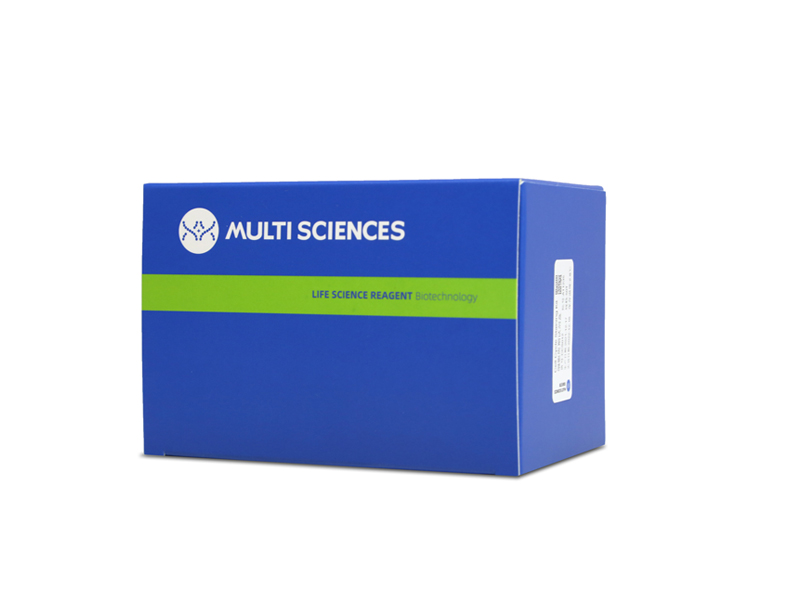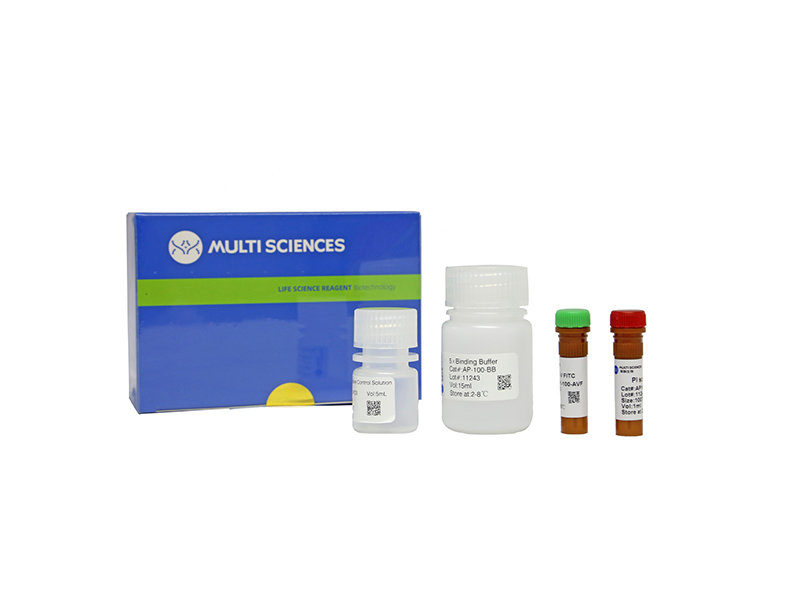The application of lapatinib, a widely used dual inhibitor of human epidermal growth factor receptor 1 (EGFR/ERBB1) and 2 (HER2/ERBB2), has been seriously limited due to cutaneous toxicity. However, the specific mechanism of lapatinib-induced cutaneous toxicity has not been clarified, leading to the lack of an effective strategy to improve clinical safety. Here, we found that lapatinib could induce mitochondrial dysfunction, lead to DNA damage and ultimately cause apoptosis of keratinocytes. In addition, we found that lapatinib could induce an aberrant immune response and promote the release of inflammatory factors in vitro and in vivo. Mechanistically, downregulated expression of the DNA repair protein HMGB1 played a critical role in these toxic reaction processes. Overexpression of HMGB1 inhibited keratinocyte apoptosis and inflammatory reactions. Therefore, restoring HMGB1 expression might be an effective remedy against lapatinib-induced cutaneous toxicity. Finally, we found that saikosaponin A could significantly rescue the reduced HMGB1 transcription, which could alleviate lapatinib-induced DNA damage, inhibit keratinocyte apoptosis and further prevent the toxicity of lapatinib in mice. Collectively, our study might bring new hope to clinicians and tumor patients and shed new light on the prevention of cutaneous adverse drug reactions induced by EGFR inhibitors.
文章引用产品列表
-


- GAR007
- 二抗
Goat Anti-Rabbit IgG(H+L) HRP 山羊抗兔二抗-HRP
- ¥289.00 – ¥350.00
-
- AP101 1755 Citations
- 凋亡试剂盒
Annexin V-FITC/PI Apoptosis Kit(适用于除C6以外的流式细胞仪)
- ¥630.00 – ¥1,280.00



